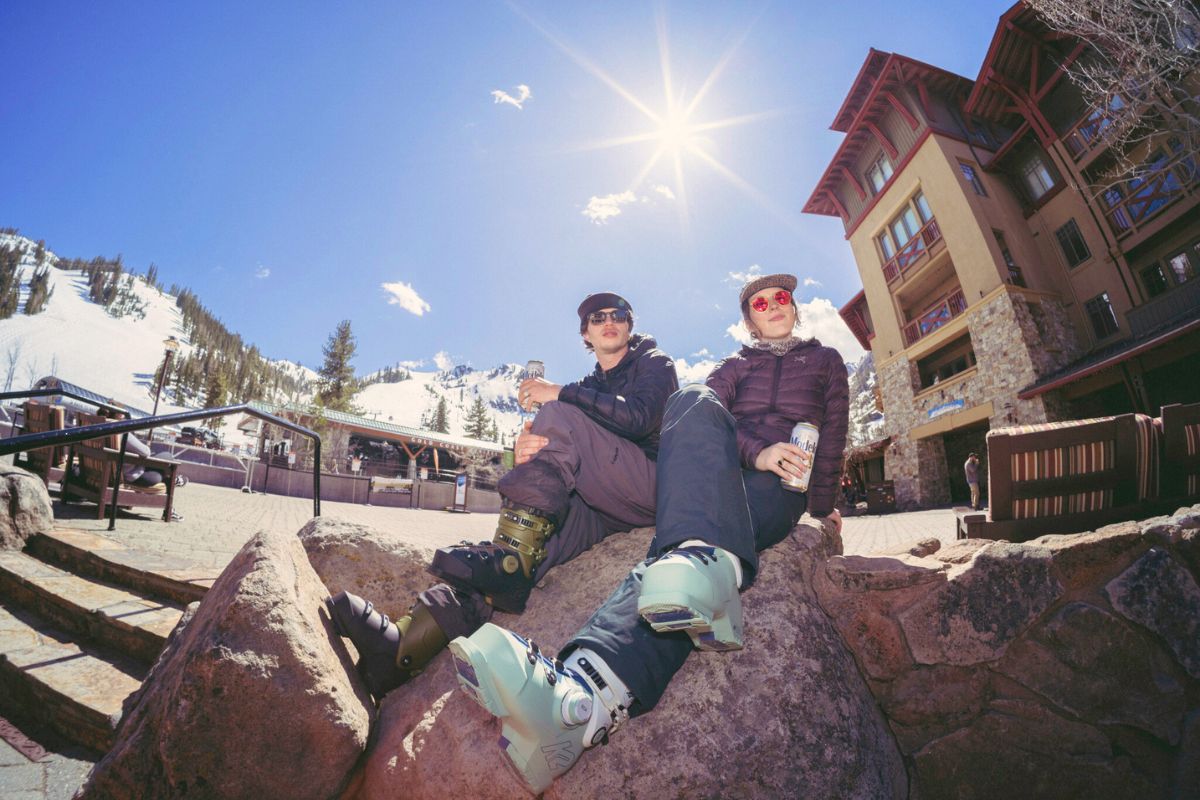Kit Know-How… With Ellis Brigham: BOA


Where did BOA the company originate from?
BOA was founded in the States by Gary Hammerslag. Having sold his previous medical supply company, he moved to Steamboat, Colorado, and realised that his lace-up snowboard boots were the product of another era. Applying his expertise in medical devices, he created numerous prototypes of closure systems and ultimately the micro-adjustable, precision-fit BOA Fit System was born.
K2 and Vans launched their first BOA snowboard boots to the public in 2001. These days, the system can now be found on gear for cycling, athletics, outdoor sports, workwear, and even medical bracing, such as fracture boots; the thing skiers never want to test…
It’s important to highlight that although they share a name and a look, the BOA Fit System you see used on alpine ski boots is very different from the lightweight versions you see elsewhere, for example on some snowboard boots and touring boots. The alpine iteration is a tough system backed by a lifetime guarantee, with a cable that can pull a quarter of a ton before it breaks.
Over the years, lots of ski boots have used internal cables to hold your foot in place; BOA is very different. Think of it as a mechanical lacing system for your ski boots, which compresses the shell around your foot. Turning a dial on the side of the boot gradually tightens or releases a cable that zigzags across the ski boot clog. Each click you feel will move the cable 0.25mm to snug or loosen the fit. If you want a quick release for the ride up the hill, or to take your boots off, simply pull the dial outwards to immediately de-tension the cable.
Most ski boots have used a four-clip, side-hinge system since the mid-70s. It’s more expensive and more complex to make BOA boots, so one reason is undoubtedly that it’s different; BOA gives boot brands the opportunity to offer something new. However, for many skiers, it also gives the opportunity to feel a snug, precise, and even closure around their foot that can be hard to achieve with classic ski buckles.
The most obvious advantage is that it is literally, and metaphorically, easier to dial in a great fit on the clog of your ski boot. Each click of the BOA moves the cable by 0.25mm. Divide that by the number of wrapping points and you achieve a vacuum-like fit that is just about possible to achieve with traditional buckles, but getting there is time-consuming and hard to hit consistently without endless tinkering.
An extra benefit of BOA is that because the clog of the boot no longer has to support large buckle levers, the shell can be made strategically thinner, allowing the boot to shrink-wrap around your foot. Some boot brands offer crossover models with both BOA and traditional closures available. A side-by-side comparison gives a real sense of the difference in feel and fit – try it.
BOA is currently developing its system for use by World Cup racers – in fact, the system has been used in competition by at least one Austrian downhiller, so there’s probably no top-end in sight. Equally, most skiers will benefit from a close-fitting ski boot; you can ski for longer, more precisely, and arguably with less effort.
BOA was initially rolled out on alpine boots by Atomic, Salomon, K2, and Fischer. This year, Nordica and Tecnica have added BOA models to their line-ups. Expect to see more brands partnering with BOA in the future – one brand not currently offering BOA has the system on some of their ski racers’ feet already. In lightweight touring boots, brands such as Scarpa and Dynafit have been part of the BOA family for a while.
We all know that any new ski boots make us better skiers… because they’re new. However, there is published, peer-reviewed research which states that ‘the BOA boots improved subjective and objective ski performance; qualitative carving scores were greater, likely through increasing the amount of normal force applied to the ski while turning.’
BOA claims a 6% increase in peak forces underneath the foot, and a 10% improvement in the rate of force production at turn initiation. That doesn’t mean BOA will transform a recreational skier into an elite athlete, but it does mean that you’ll likely find it a little easier to stand against that edged ski and cut trenches.